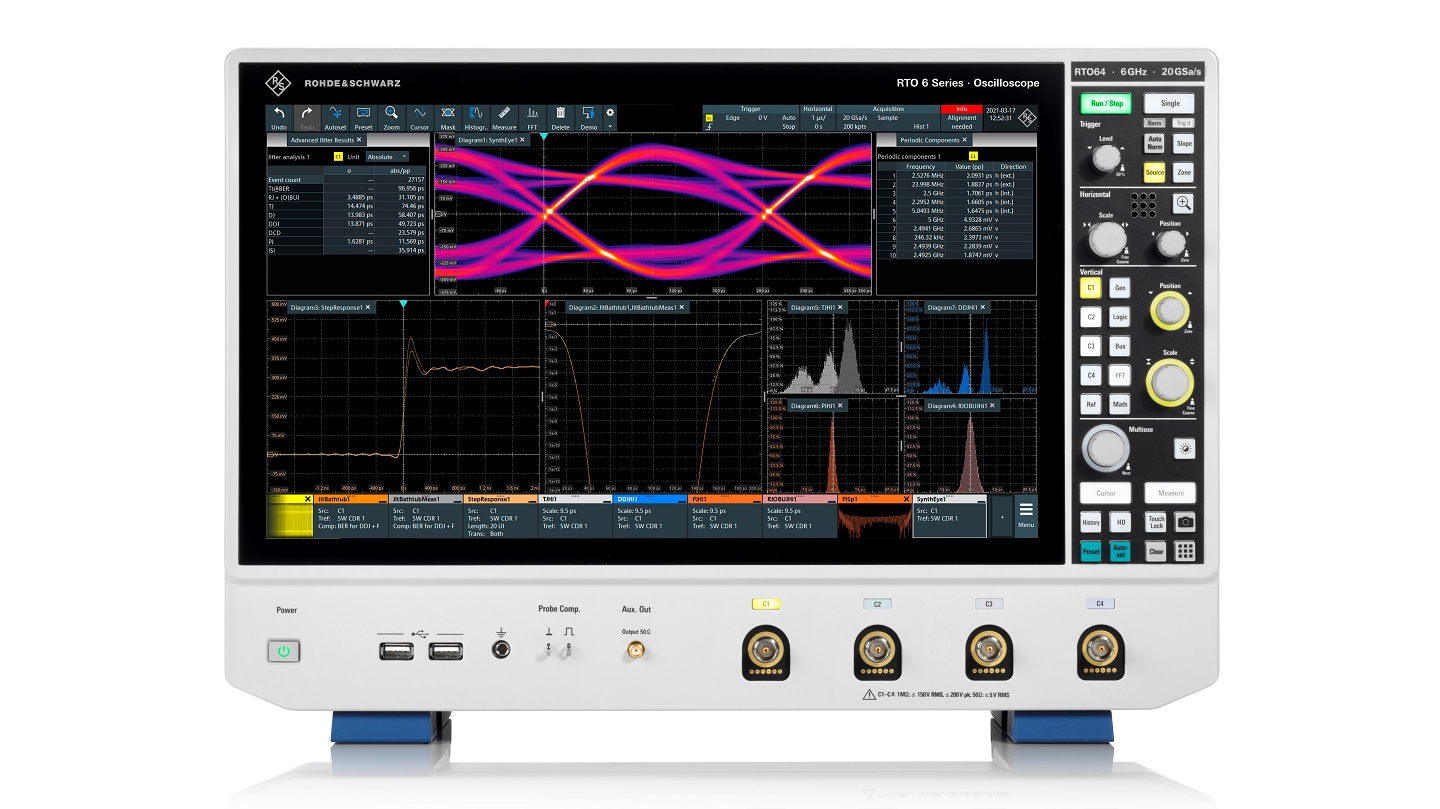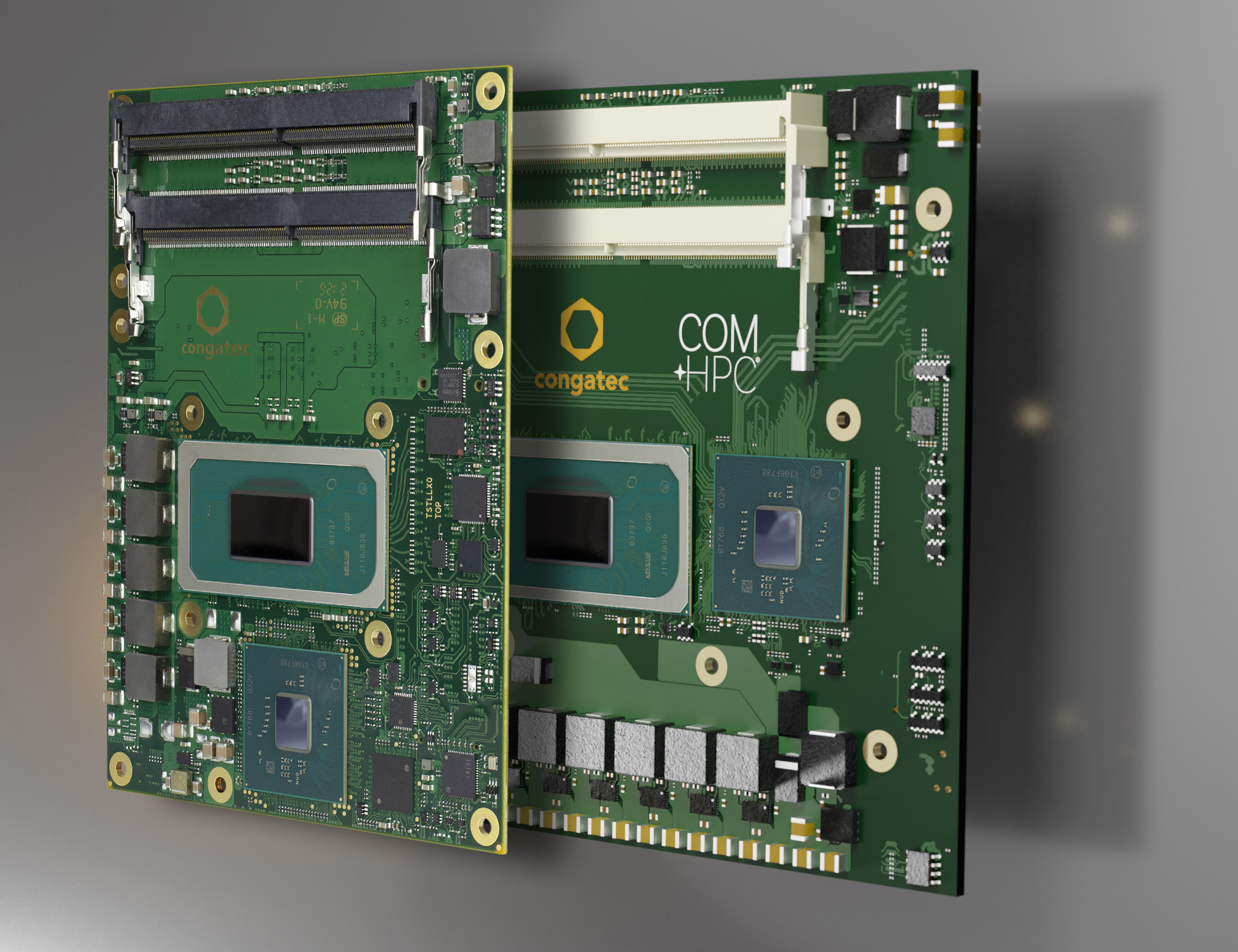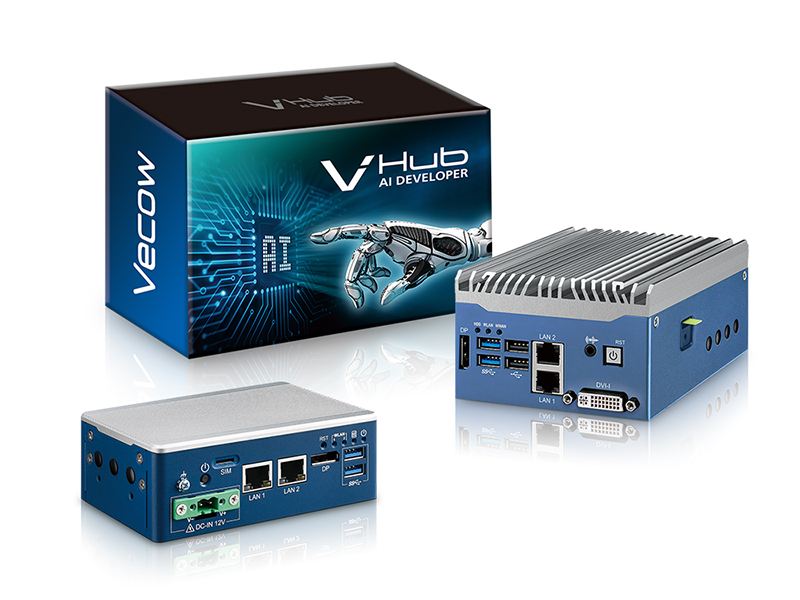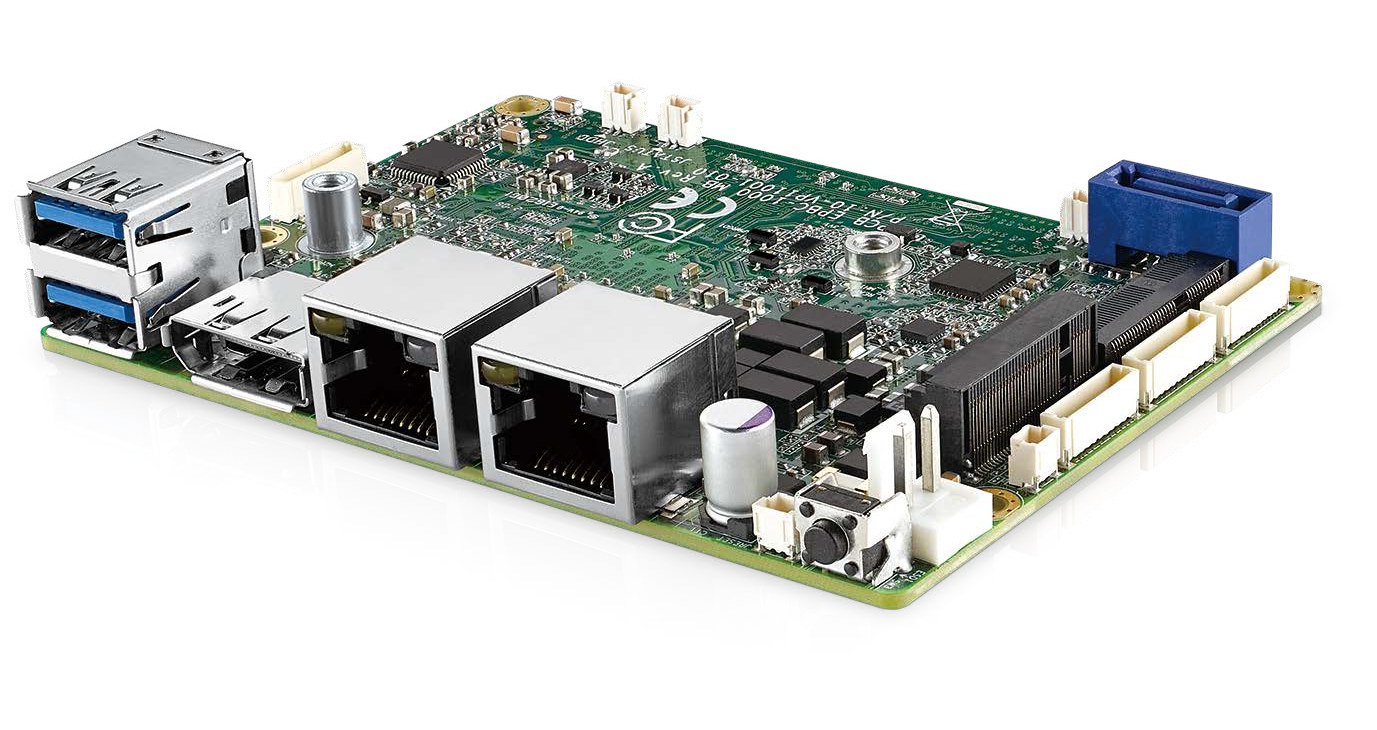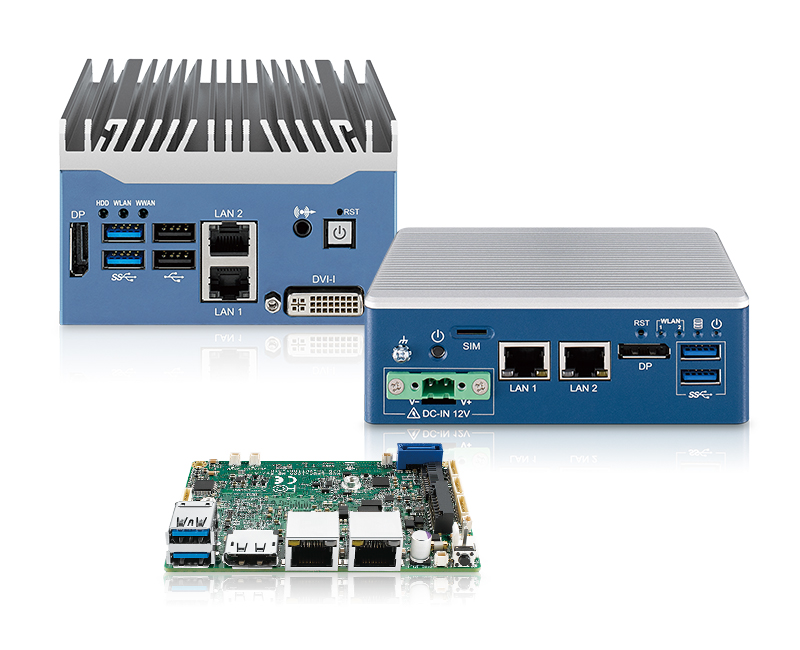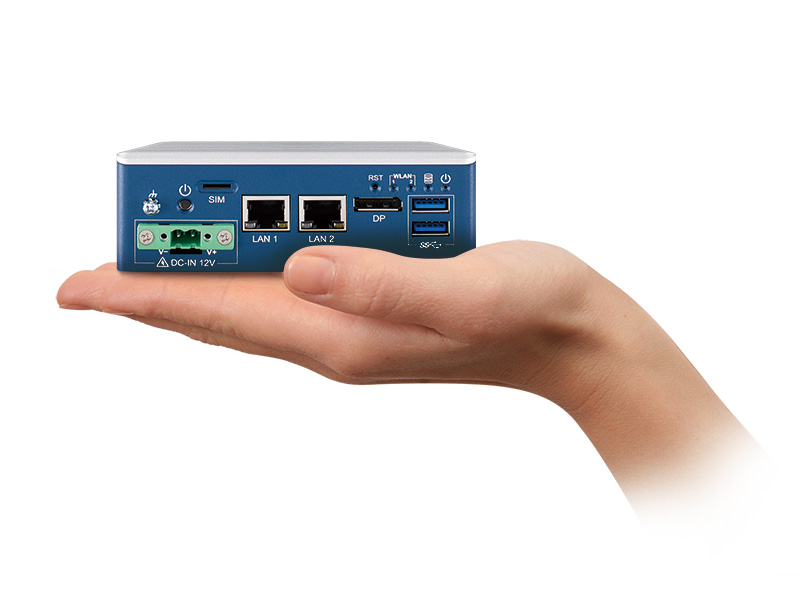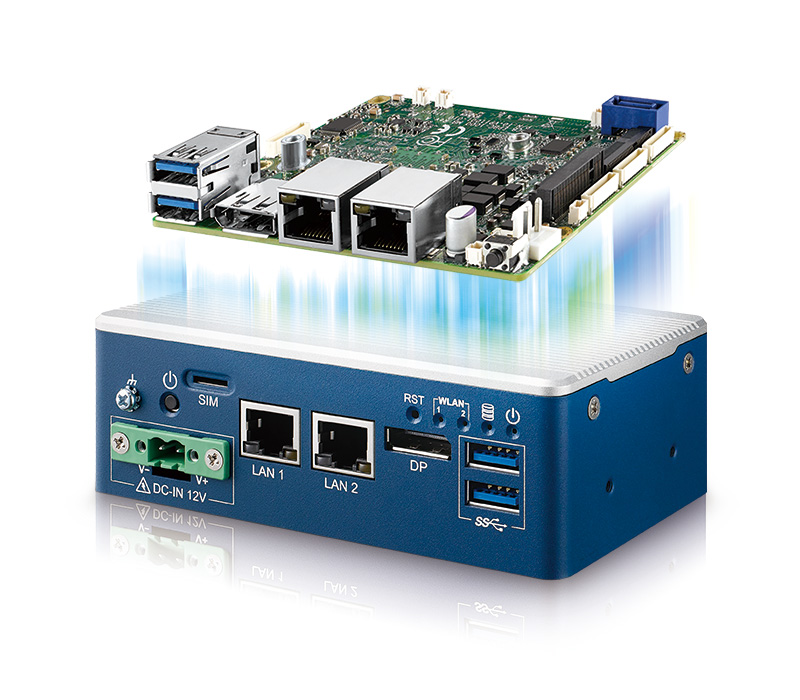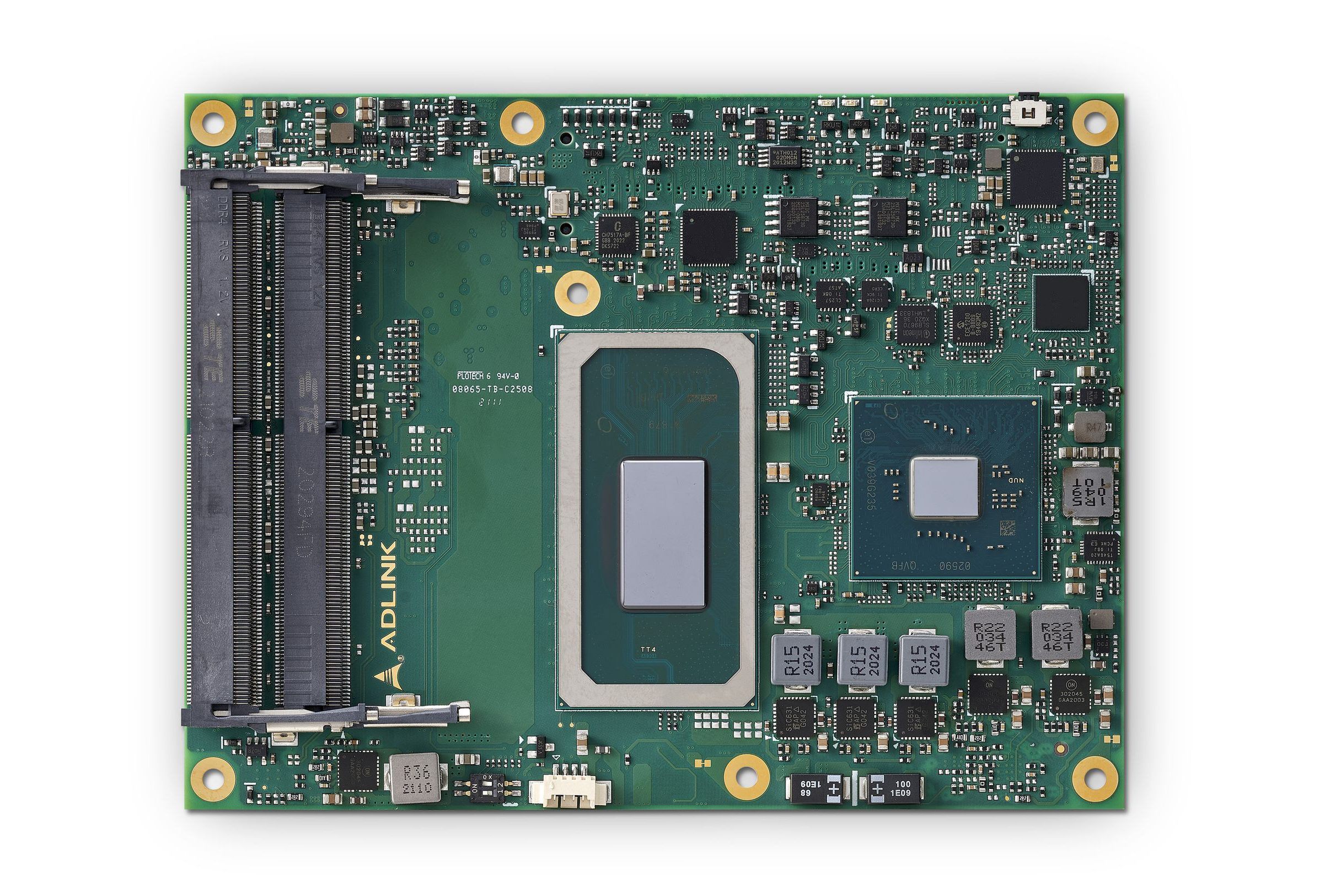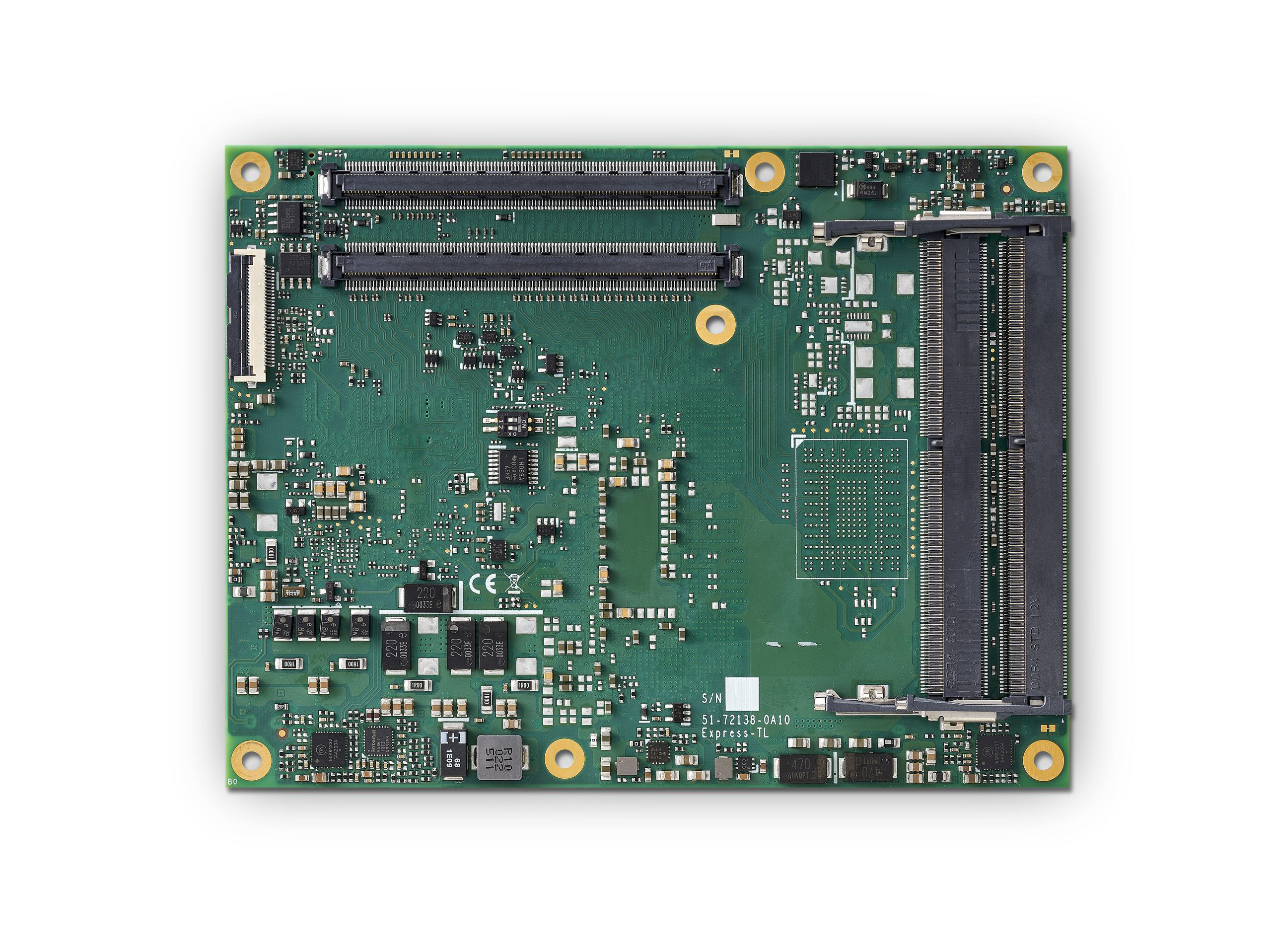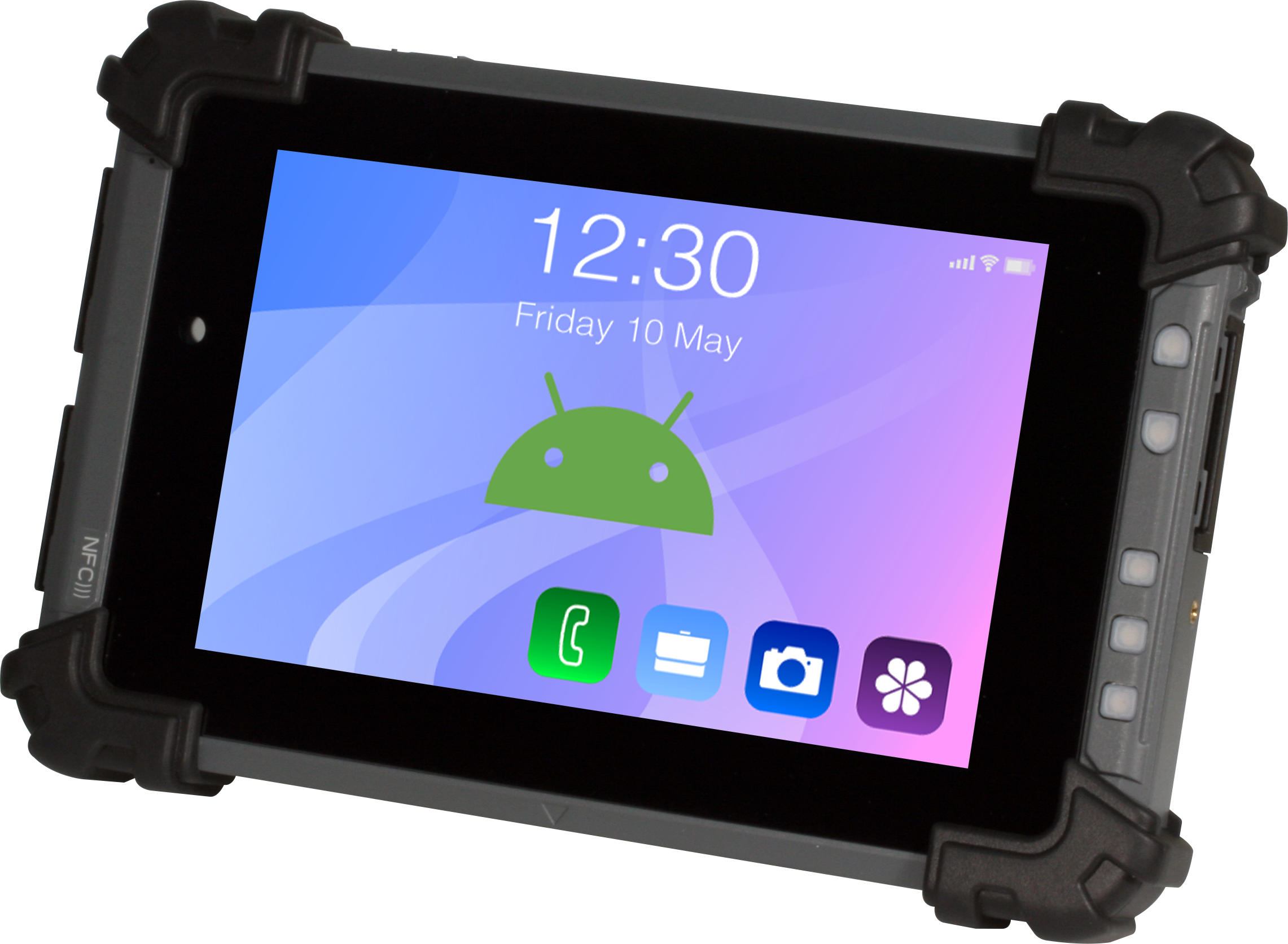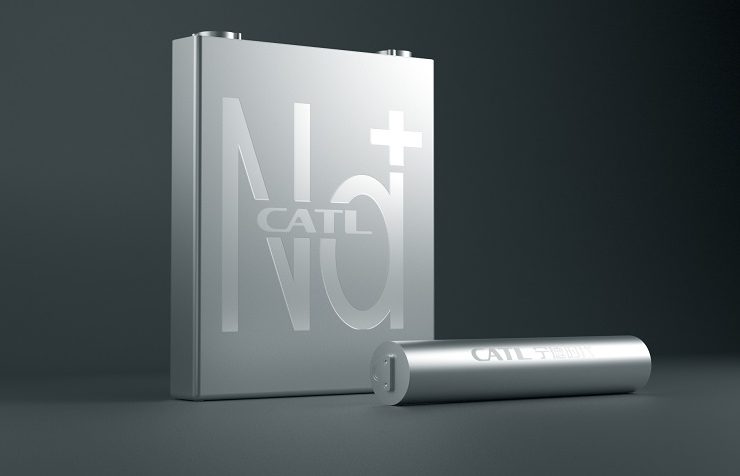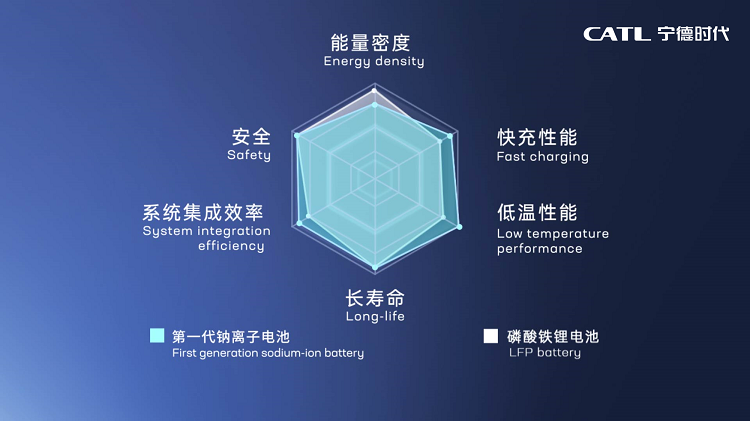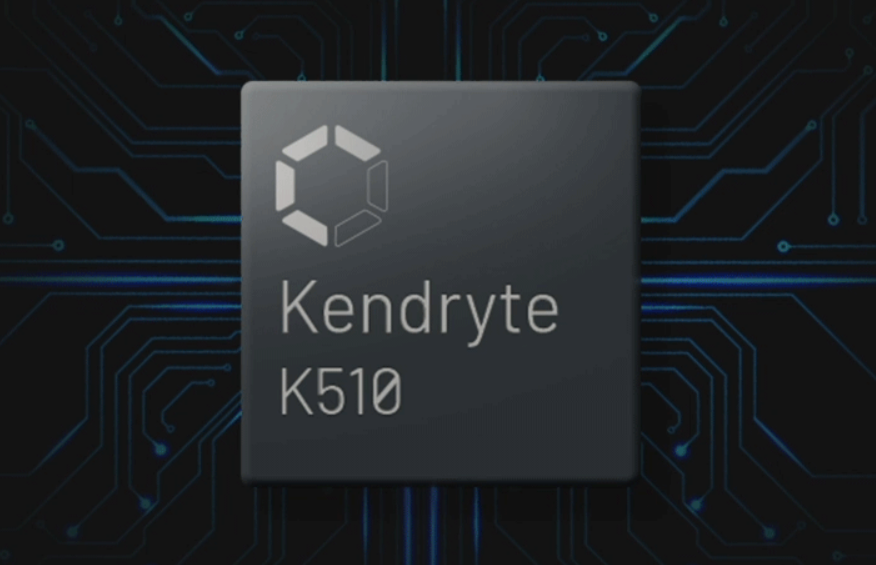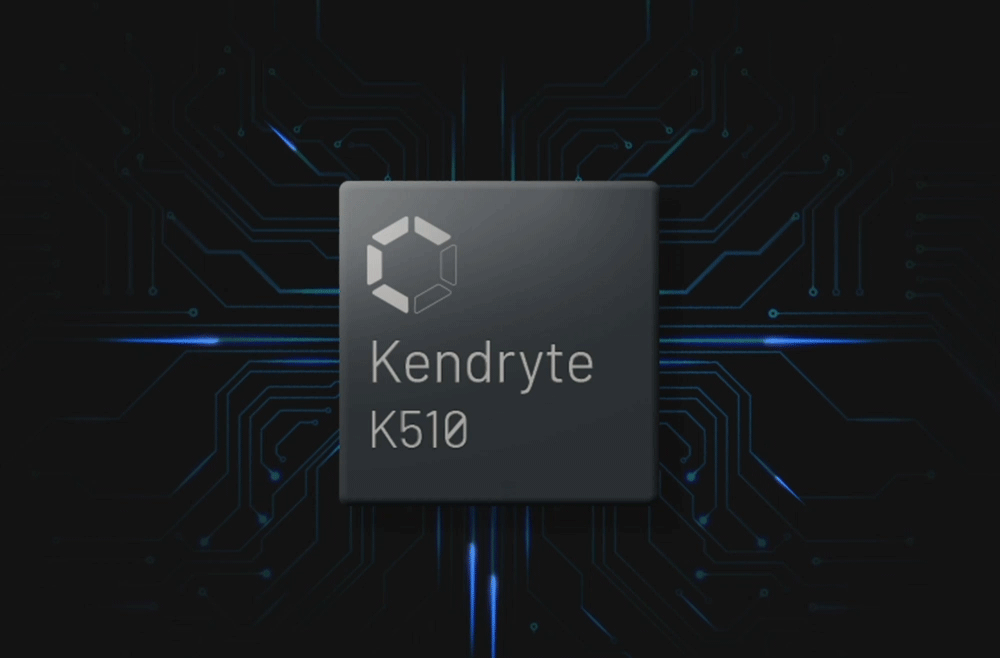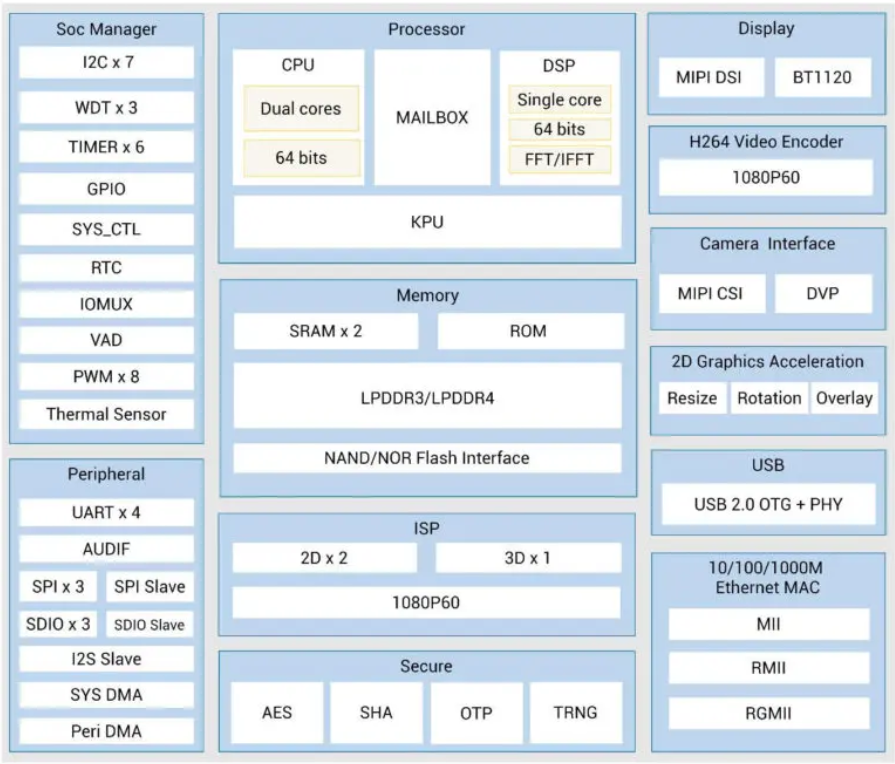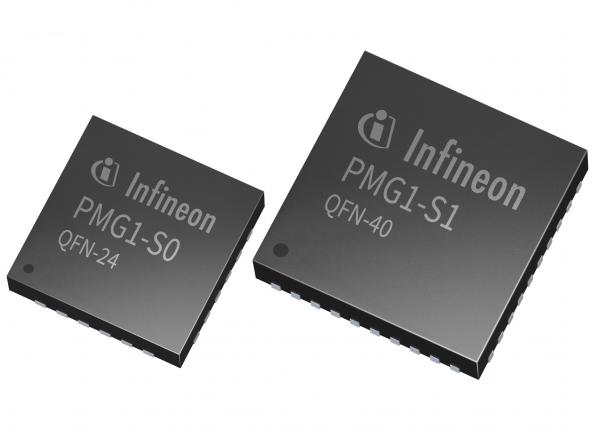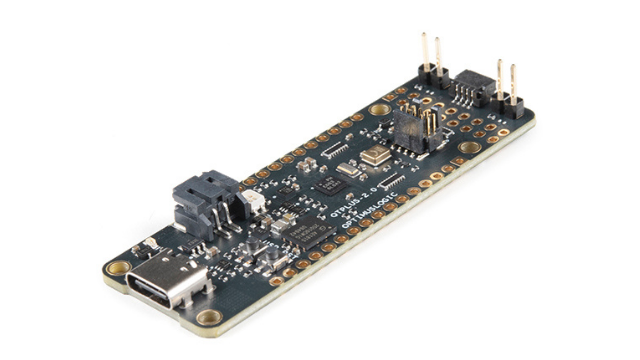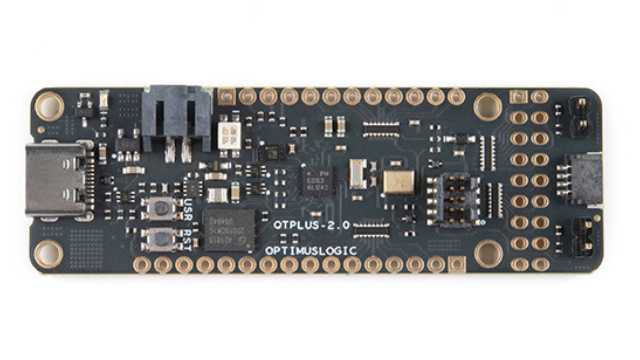iWave Systems is pleased to inform about the VxWorks BSP release for its XILINX UltraScale+ MPSoC System on Modules. VxWorks 21.03 has now been ported on the iW-RainboW-G30M system on module, which is powered by the ZU 4/5/7 MPSoC.
VxWorks is Industry’s leading real-time operating system for building embedded devices& systems.
The ZU 4/5/7 System on module, integrated with high-speed interfaces when built with VxWorks BSP, ensures the scalability, safety, and reliability required for mission critical applications.
The Zynq® UltraScale+™ MPSoC series provide 64-bit processor scalability while combining real-time control with soft and hard engines for graphics, video, waveform, and packet processing. These Adaptive SoCs complement the decade long availability of soft-core CPU’s and other soft IP for building system on FPGAs. Adaptive SoCs then are particularly useful when high performance is required for a portion of an algorithm that can be implemented in hardware using parallel or pipelined (or a combination) techniques.
Why VxWorks on Zynq UltraScale+ MPSoC
The combination of VxWorks on the Zynq UltraScale+ MPSoC provides the foundation for secure high-speed high-performance computing application. Highlighted below are the key features of VxWorks and UltraScale+ MPSoC, together which power devices across verticals.
VxWorks is ideal for hard real-time embedded applications because it is a deterministic, priority based, pre-emptive RTOS with low latency and minimal jitter, with a few feature highlights as below:
- Rich connectivity and communications: VxWorks has robust IPv4 and IPv6 stacks that are also time-sensitive networking (TSN) capable, guaranteeing real-time communications and packet delivery within a bounded time or latency on a switched Ethernet network
- Modularity and Robustness: easy to choose and adapt capabilities as required, changing the modules only as needed.
- Fault-tolerant file system: VxWorks supports the Wind River Highly Reliable File System (HRFS) for fault tolerance and recovery of operations in case of system error and shutdown, as well as a FAT-compatible dosFS file system.
- Mixed OS support: VxWorks supports communicating with other operating systems in a mixed environment using OpenAMP, allowing developers to build interactive functionality across VxWorks real-time and other non–real-time environments.
- Multimedia: VxWorks offers support for many standard graphic libraries, such as OpenGL, OpenGL ES, OpenCV, and Vulkan, and libraries that handle JPEG and PNG images
- Security: VxWorks integrates an extensive and continuously evolving set of security capabilities that allows developers to meet rigorous security requirements and address security threats—from boot-up operation to power down. A few secure capabilities include kernel hardening, cryptography, firewall, TPM 2.0, secure data and configuration.
The true value of Zynq UltraScale+ MPSoC architecture lies in the tight integration of its programmable logic with the processing system, with a few highlights listed below:
- Heterogenous Processing: Multiple processing engines enable the optimization of functions across an entire application, with programmable hardware providing further performance and safety handling
- Integrated H.264/H.265 Video Codec: Zynq UltraScale+ EV devices include a video codec capable of low latency simultaneous encode and decode up to 4K resolution at 60 frames per second
- Increased safety and multiple levels of security
- Superior processing, I/O and memory bandwidth
Potential application of VxWorks on Zynq UltraScale+ MPSoC
With Zynq UltraScale+ MPSoC finding a fit in Industrial networking (time sensitive networking), high precision test and measurement equipment, medical imaging and avionics, VxWorks BSP helps strengthen the safety, security, and modularity on the device.
Safety-critical applications like automotive, industrial motor control, avionics, and many others need to have high reliability and required Safety Integrity Levels (ASILs), for which it is necessary to mitigate soft errors and implement redundancy to have better hard fault toleration, where the combination of VxWorks and UltraScale+ MPSoC is an ideal fit.
VxWorks finds a great fit in embedded applications that require real time, deterministic performance which require safety and security certification in industries such as medical, aerospace, robotics, and network infrastructure.
Scalability across the XILINX UltraScale+ MPSoC
The SOM approach for the FPGA SoCs further allows greater scalability for the end applications in terms of logic density, FPGA IOs and number of transceiver lanes. For example, a well-designed carrier board design architecture can cover system IO ports for multiple end products ranging from the Xilinx Zynq MPSoC UltraScale+ ZU4 with 192K logic cells to ZU19 with 1.1M logic cells. Also, the SOM approach allows migrating new generation SoC solution without changing the product mechanical architecture.
You can find more information on our XILINX System on Modules here.
For further information or enquiries, you can reach us at mktg@iwavesystems.com




